Information that the Politburo and Secretariat are planning to merge some provincial-level administrative units is attracting public attention.
Vietnam currently has 63 provinces and cities (57 provinces and 6 centrally-run cities: Hanoi, Ho Chi Minh City, Hai Phong, Da Nang, Can Tho and Hue).
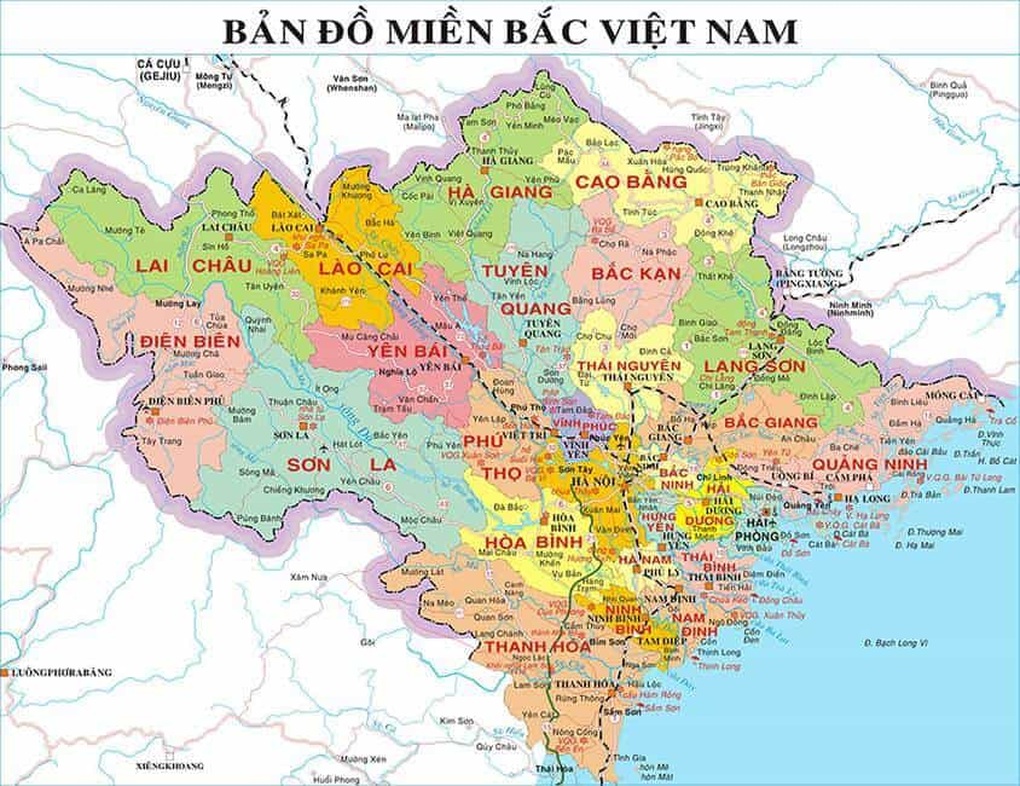 Map of Northern Vietnam (Photo: Vietnam Map).
Map of Northern Vietnam (Photo: Vietnam Map).
20 provinces and cities were once "targeted" for merger because they did not meet the standards.
Resolution No. 1211/2016 of the Standing Committee of the National Assembly on standards of administrative units and classification of administrative units, amended and supplemented by Resolution 27/2022 of the Standing Committee of the National Assembly, clearly states the standards of provinces.
In which, mountainous and highland provinces have population standards of 900,000 people or more and natural area of 8,000km2 or more.
The remaining provinces have population standards of 1.4 million people or more and natural area of 5,000 square kilometers or more.
The number of district-level administrative units under the province, according to the resolution, must be from 9 units or more, including at least one city or one town.
In 2019, the General Statistics Office (Ministry of Planning and Investment) announced the results of the population census showing that the 10 provinces with the smallest population today (ranging from 314,000 to 733,000 people) include Bac Kan, Lai Chau, Cao Bang, Kon Tum, Ninh Thuan, Dien Bien, Dak Nong, Quang Tri, Lao Cai, Hau Giang.
10 provinces and cities with small natural areas that do not meet standards include: Bac Ninh province 822.7km2; Ha Nam province 860.5km2; Hung Yen province 926km2; Vinh Phuc province 1,238.6km2; Da Nang city 1,285.4km2; Ninh Binh province 1,378.1km2; Can Tho city 1,409km2; Vinh Long province 1,475km2; Thai Binh province 1,570.5km2; Nam Dinh province 1,652km2.
Therefore, in 2021, when the Ministry of Home Affairs was assigned to preside over the drafting of a resolution on administrative unit standards and classification of administrative units, the 20 localities mentioned above were put in the "target" for possible merger due to not meeting population and area standards.
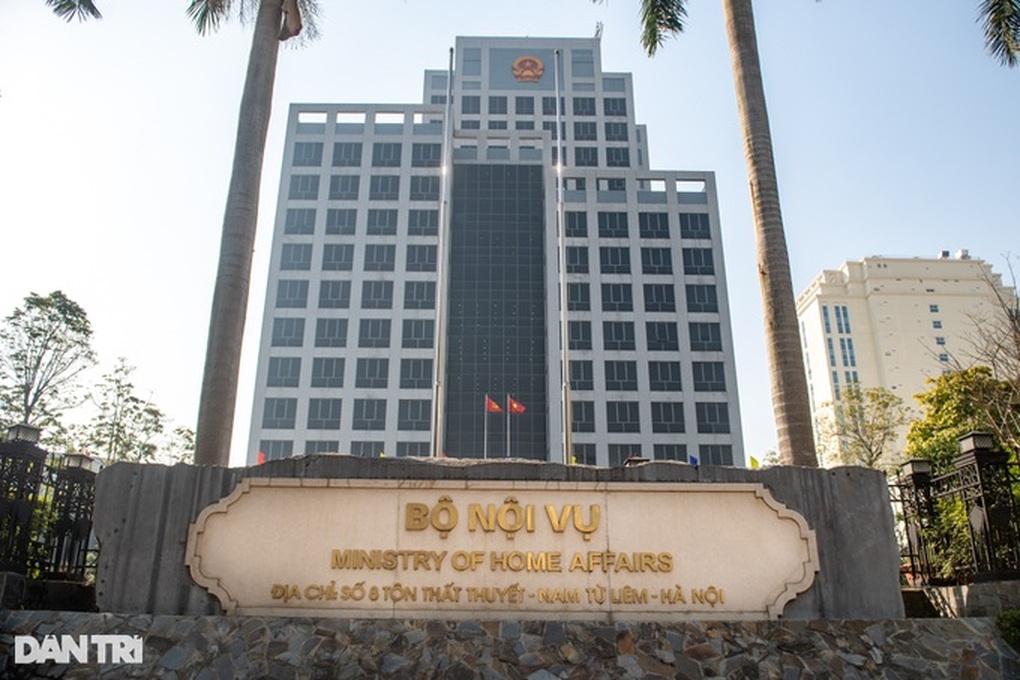 Ministry of Home Affairs headquarters (Photo: Thanh Dong).
Ministry of Home Affairs headquarters (Photo: Thanh Dong).
Mergers of provinces and cities
Looking back at the history of administrative boundary management announced many years ago, after the country's reunification in April 1975, Vietnam had 72 provincial-level administrative units (the North had 25 units and the South had 47 units).
In December 1975, the National Assembly passed a resolution to abolish the regional level, dissolve autonomous regions, merge administrative units, and merge a series of northern and north central provinces.
By early 1976, the merger continued to be carried out on a large scale, stretching from the North Central region to the provinces of the Southwest and the Central Highlands. The whole country had only 38 provincial-level administrative units in 1976.
In 1978, the National Assembly approved the expansion of Hanoi's boundaries, merging 5 more districts; and separating Cao Lang province into 2 provinces, Cao Bang and Lang Son. At this time, Vietnam had 39 provinces and cities.
By 1979, Vung Tau - Con Dao Special Zone was established, equivalent to the provincial level and the whole country increased to 40 administrative units.
In 1989, Binh Tri Thien province was split into 3 provinces: Quang Binh, Quang Tri and Thua Thien - Hue; Nghia Binh province was split into Quang Ngai and Binh Dinh provinces; Phu Khanh province was split into 2 provinces: Phu Yen and Khanh Hoa. At that time, the whole country had 44 provinces and cities (40 provinces, 3 cities and Vung Tau - Con Dao special zone).
Entering 1991, a series of previously merged provinces continued to separate, such as Ha Son Binh province separated into Ha Tay province and Hoa Binh province; Ha Nam Ninh separated into Nam Ha province and Ninh Binh province; Nghe Tinh separated into Nghe An province and Ha Tinh province.
Ba Ria - Vung Tau province was established on the basis of 3 districts separated from Dong Nai province merged with Vung Tau - Con Dao special zone (dissolved special zone). The administrative units of the whole country increased to 53 provinces and cities.
In 1997, the number of provincial-level administrative units was increased to 61 when Bac Thai province was separated into Bac Kan province and Thai Nguyen province; Ha Bac province was separated into Bac Giang province and Bac Ninh province; Nam Ha province was separated into Ha Nam province and Nam Dinh province; Hai Hung province was separated into Hai Duong and Hung Yen provinces; Vinh Phu province was separated into Vinh Phuc and Phu Tho provinces (after nearly 29 years of unification).
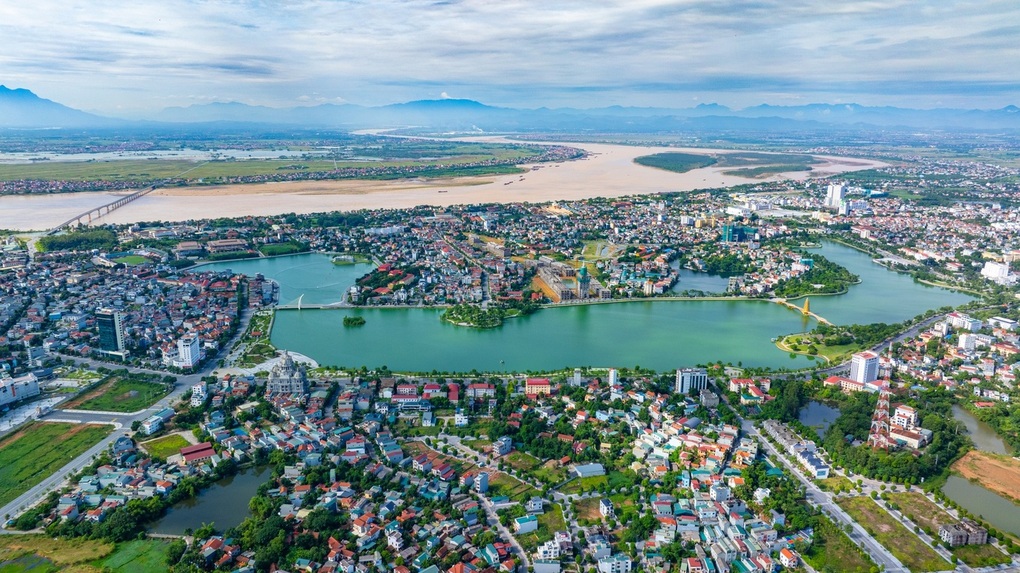 In 1997, Vinh Phu province was split into Vinh Phuc and Phu Tho provinces after nearly 29 years of unification. In the photo, Viet Tri city, Phu Tho province today (Photo: Tung Vy).
In 1997, Vinh Phu province was split into Vinh Phuc and Phu Tho provinces after nearly 29 years of unification. In the photo, Viet Tri city, Phu Tho province today (Photo: Tung Vy).
The number of provincial-level administrative units in our country continued to increase to 64 in 2004 when Dak Lak province was split into two provinces, Dak Nong and Dak Lak; Can Tho was split into Hau Giang province and Can Tho city; Lai Chau was split into Lai Chau province and Dien Bien province.
In mid-2008, the National Assembly voted to pass a resolution to merge Ha Tay province, 4 communes of Hoa Binh province and Me Linh district (Vinh Phuc province) into the capital Hanoi.
Thus, from 2008 to present, Vietnam has kept the same number of administrative units including 63 provinces and cities.
In Conclusion No. 126 on some contents of continuing to arrange and streamline the organization of the political system in 2025, which was just signed and issued by the Standing Secretary of the Secretariat Tran Cam Tu, the Politburo and the Secretariat requested that agencies propose policies to amend and supplement legal regulations and Party regulations related to provincial mergers, and report to the Politburo in the third quarter of this year.
In addition, in the summary report on the implementation of the Law on Organization of Local Government sent to the Ministry of Justice in November 2024, the Ministry of Home Affairs also proposed reviewing and supplementing regulations to promote the arrangement of districts and communes and research to pilot the arrangement of provincial-level administrative units.
As of June 2024, a report from the Ministry of Home Affairs shows that our country has 705 district-level administrative units (523 districts, 46 urban districts, 51 towns, 84 provincial cities and one city under the central government).
Along with that, Vietnam has 10,595 commune-level administrative units (8,192 communes, 1,784 wards, 619 towns).
Dantri.com.vn
Source: https://dantri.com.vn/xa-hoi/nhung-lan-sap-nhap-tinh-thanh-o-viet-nam-20250219220800997.htm










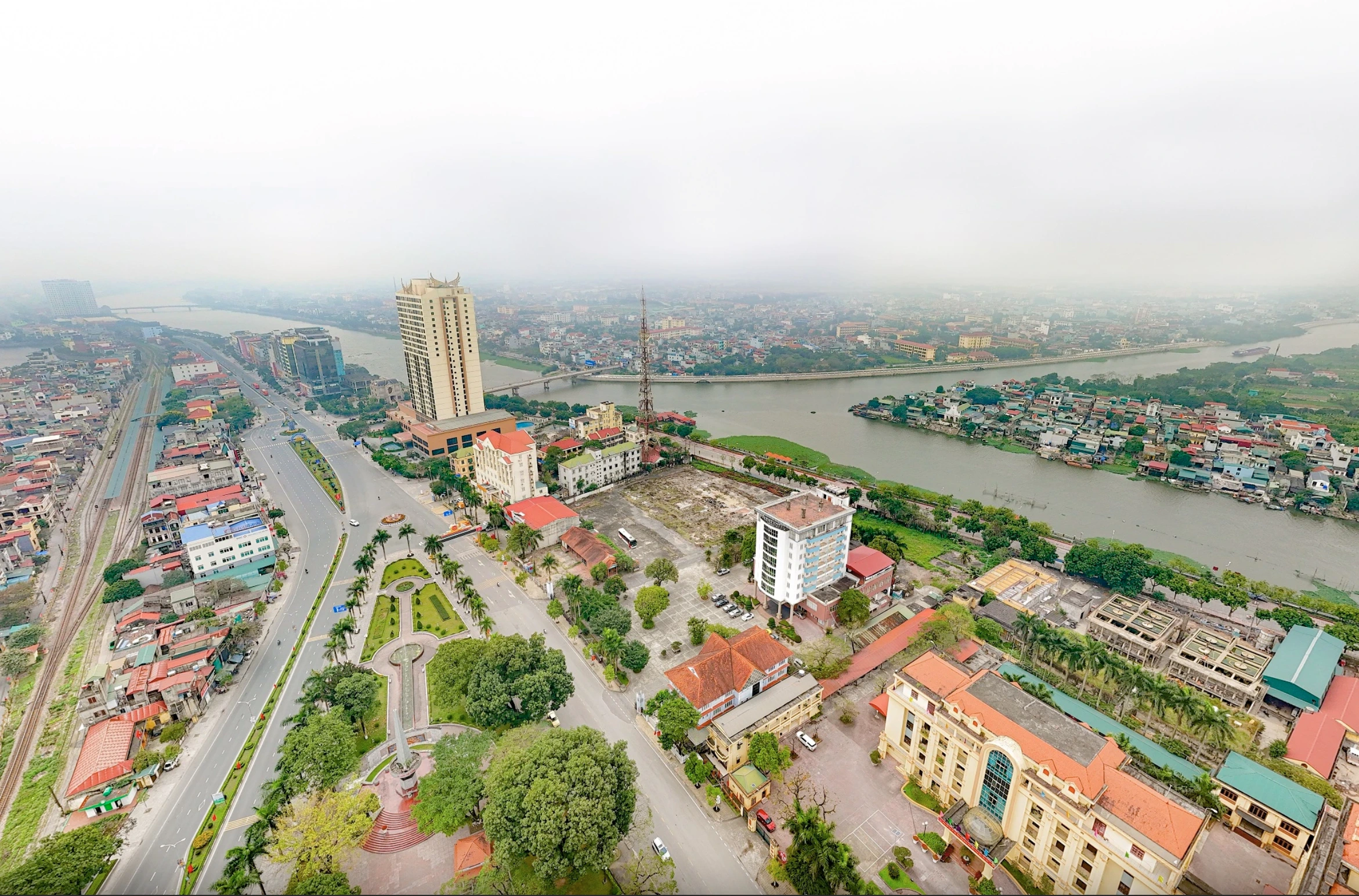









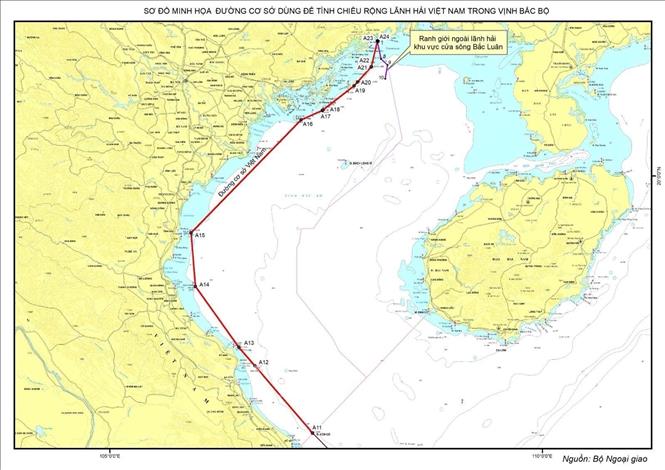

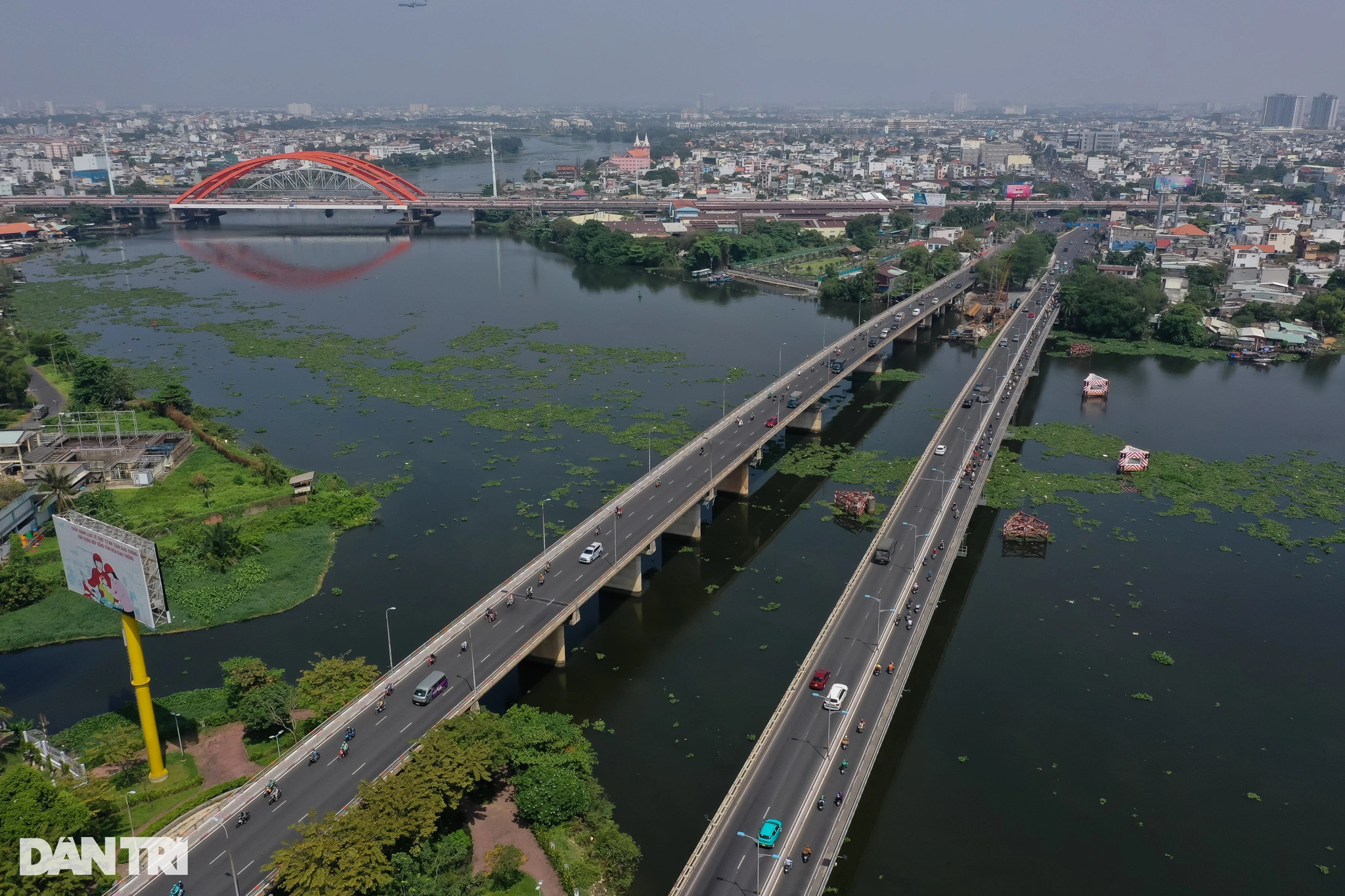

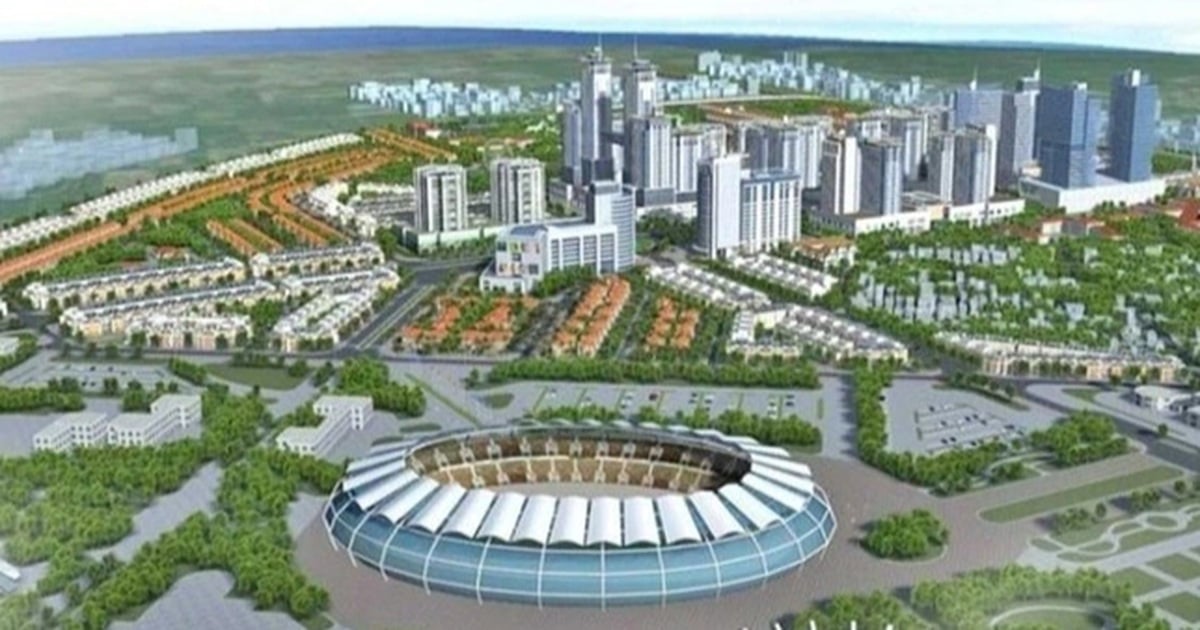













Comment (0)